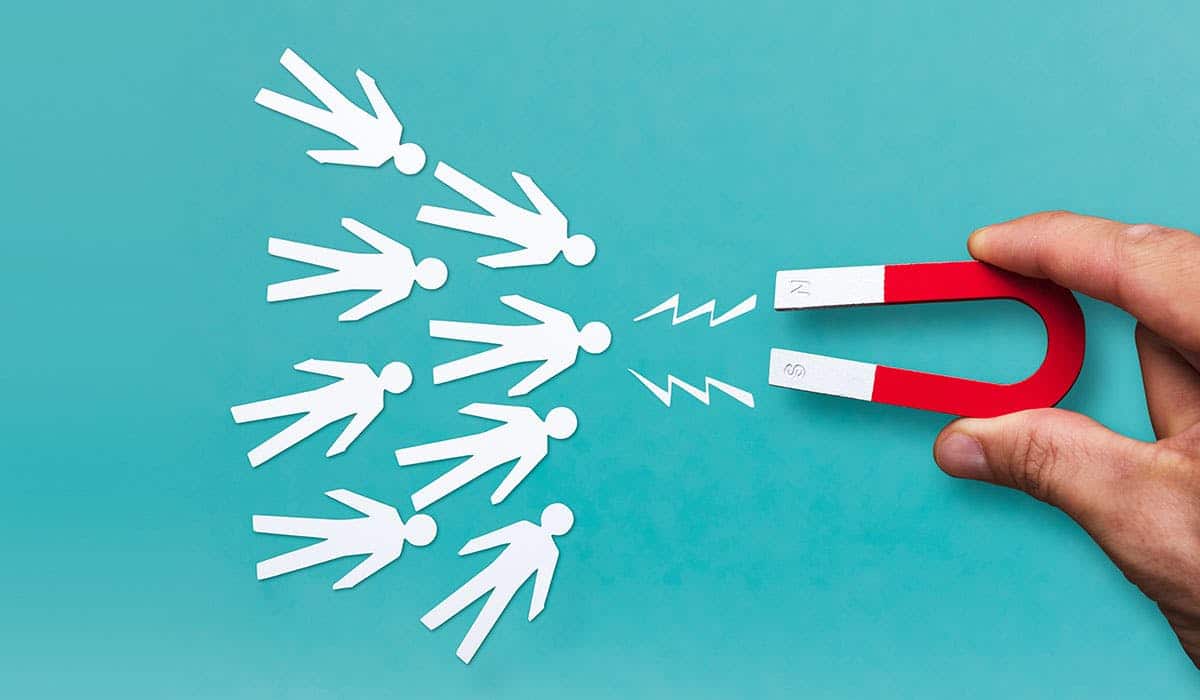
Brand Loyalty vs Customer Loyalty: Prices Effect
Businesses try daily to build and maintain brand loyalty which has been the main theme of marketing theory. Also, businesses try to establish strong consumer loyalty from the customer’s side. Thus, brand and customer loyalty are both the main elements in marketing and can encourage and impact the business.
What is Customer Loyalty?
Customer loyalty refers to a customer’s faithfulness and fidelity to a company or brand. It happens when customers make repeat purchases depending on pricing, promotions, rewards programs, and services. A client who is loyal to a company does not necessarily have an emotional attachment to that brand and may regularly purchase from several companies in the same category.
Difference between Brand Loyalty and Customer Loyalty
As mentioned in the introduction, brand loyalty refers to the continuous process of customers purchasing from the same brand over and over again. On the other hand, customer loyalty is the emotional relationship between users and customers. Also, a positive association between the brand and the customer is not only observed through their engagement and purchases from the same brand, but also through their positive feelings towards it.
As a result, there are many differences between brand and customer loyalty. Such as Marketing approaches, profit margins, emotional connections, and price effect.
In this blog, we will discuss price’s effects on loyalties in business.

Prices
Your product’s price is the important thing to think about when you want to practice business marketing. It has a fundamental impact on your customers and potential clients. Also, the method you display your prices can affect the loyalty of your customers. A crucial component of customer loyalty appears to be reference price. Customers are more loyal to firms that meet your price expectations. Plus, In terms of loyalty, external reference pricing is most important. The most loyal customers know what your competitors are charging, so they are most likely to stay loyal to you. Indeed, People who utilize internal reference prices, or have a “gut sense” about the price of something, are the least likely to stick with a brand. This also implies that mere price reductions would only appeal to individuals who are less inclined to be loyal.
Unlike consumer satisfaction, which is based on money (prices and discounts), brand satisfaction is based on perception (image and experience). Customers that are brand loyal feel that a certain brand symbolizes both superior quality and better service than any competitor. Thus, for brand goodwill, prices are irrelevant.
Plus, despite making fewer purchases on average, brand-loyal customers generate a higher profit margin. Thus, once brand loyalty is established, it will be easy to keep it up, sure with good and high quality and high service level. You can do, regularly, some sales and discounts to maintain your brand, and improve your marketing.
